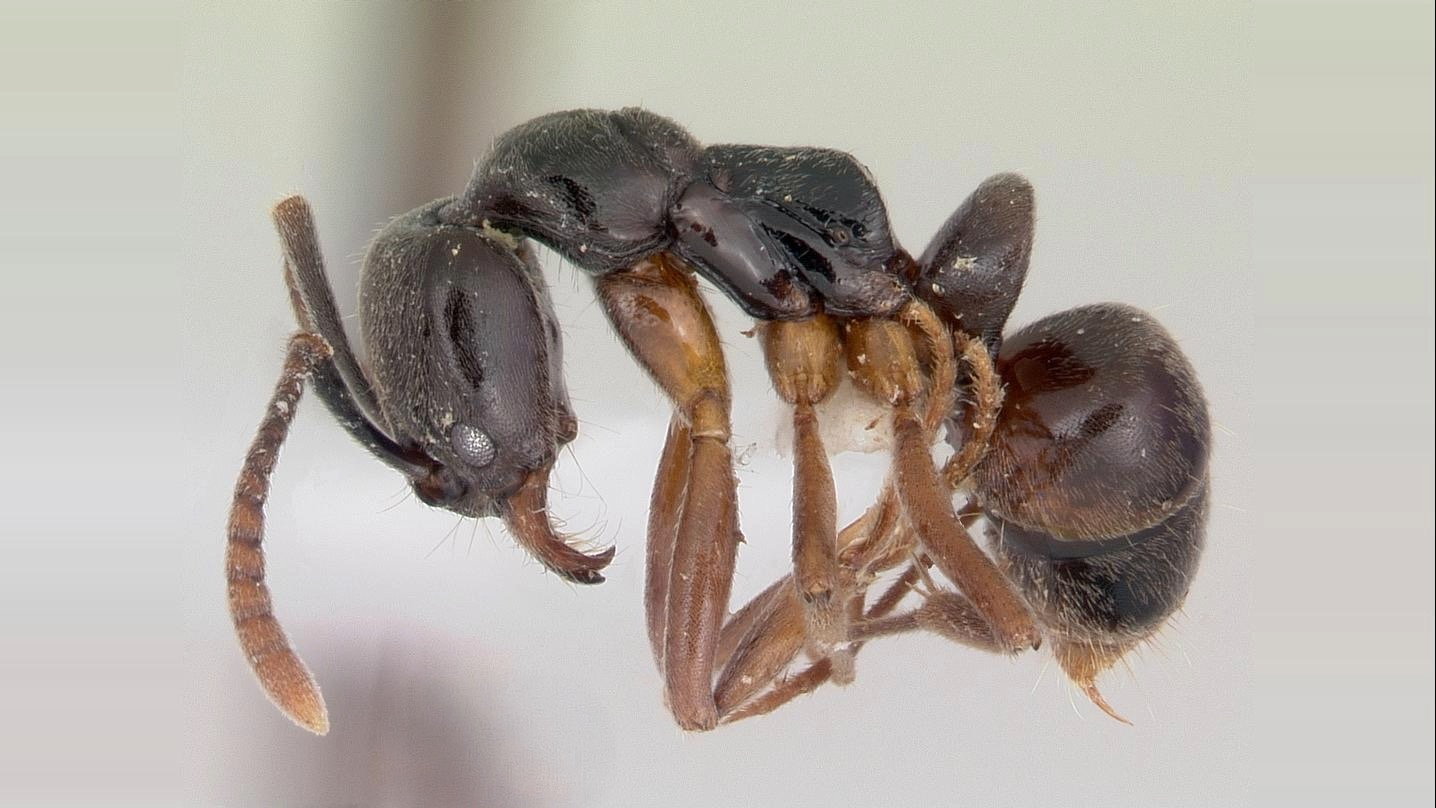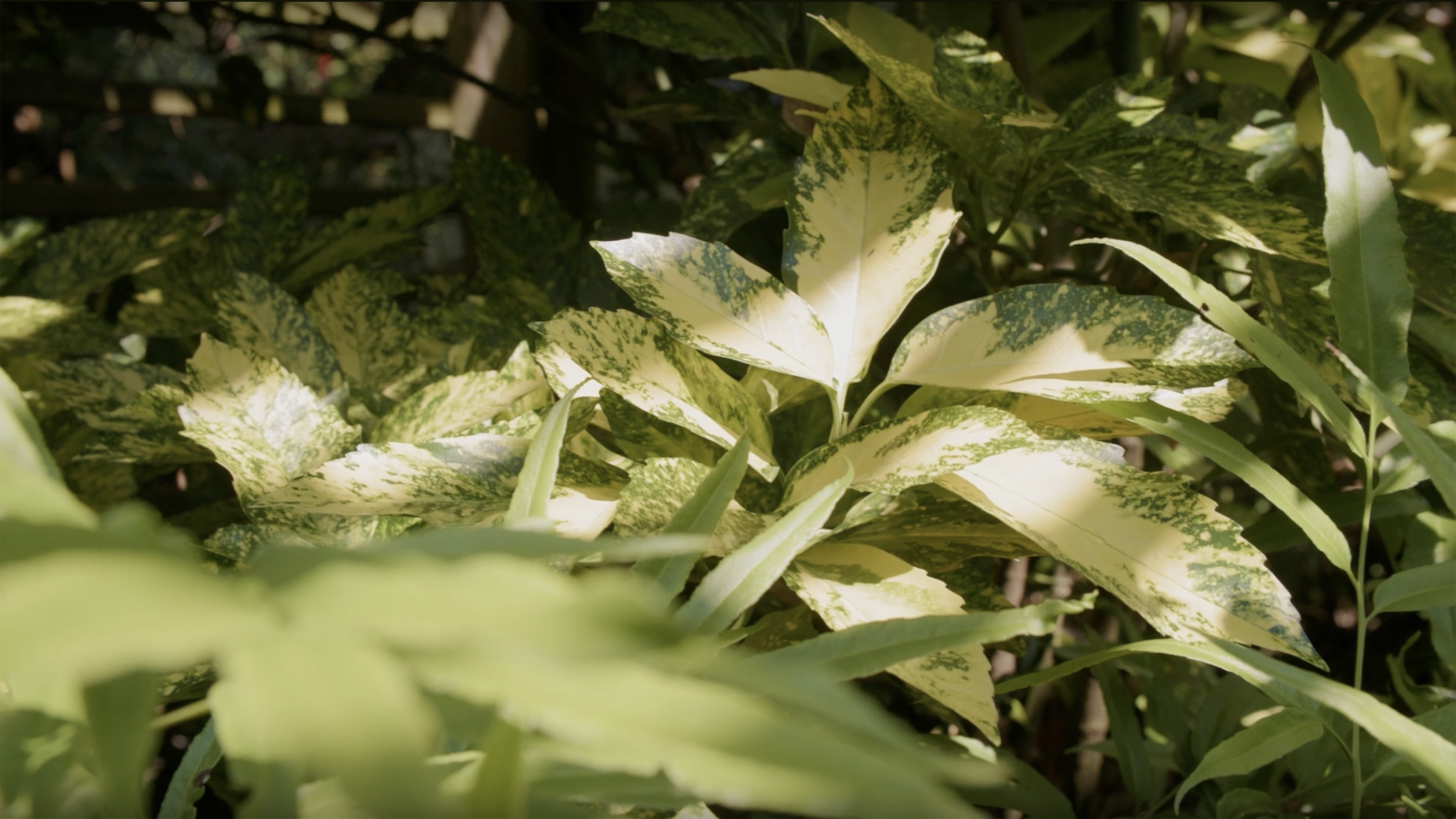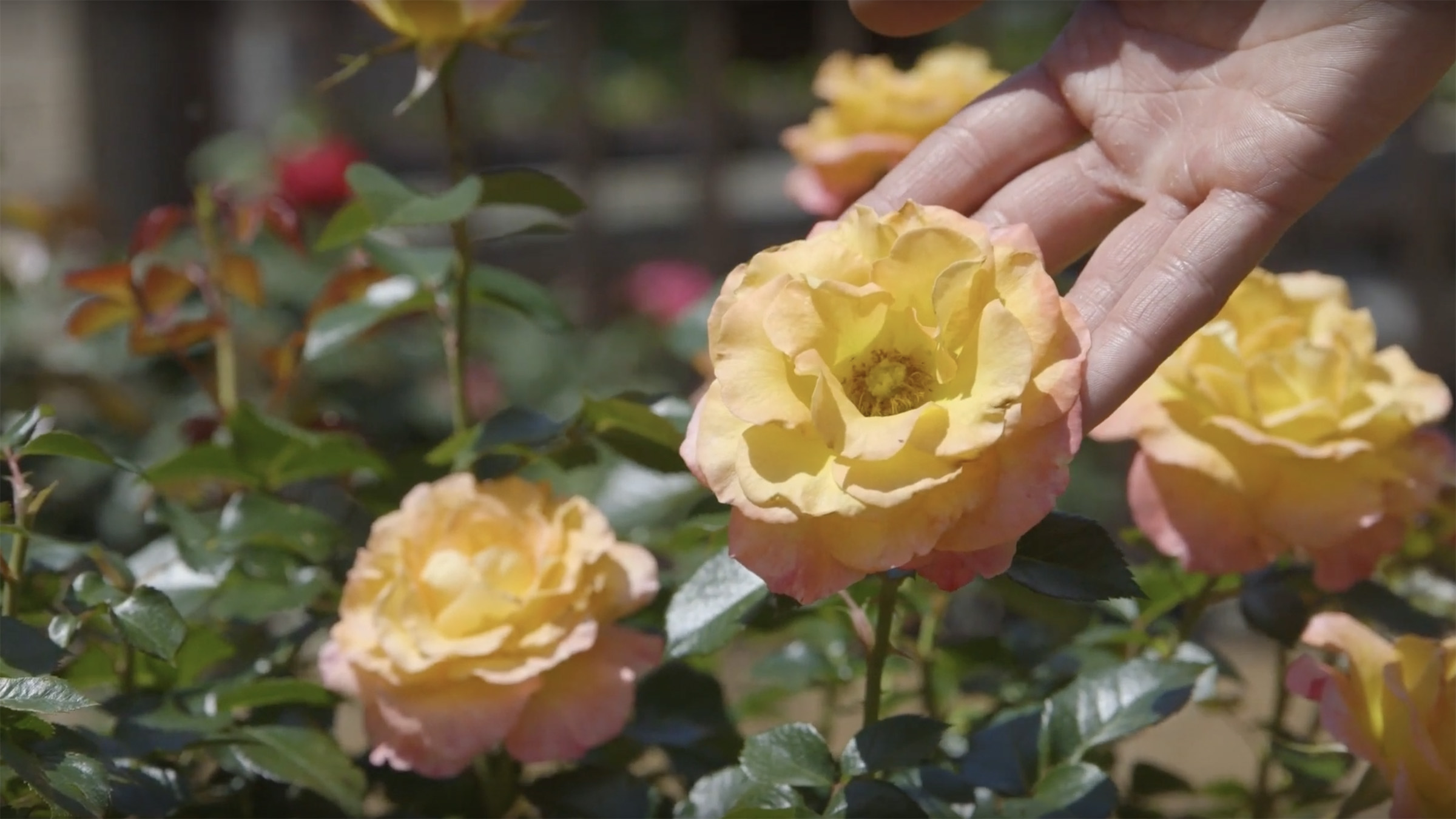Long the bane of many a backyard gardener, white-tailed deer can cause damage to farm crops, gardens, trees and shrubs with their herbivorous diet. The severity of the problem varies with the deer population and the availability of other food, but deer usually eat small, tender plants, with plots near forest edges being the most vulnerable.
They’re primarily a nocturnal nuisance, preferring to dine around dawn, dusk or nighttime, but you can cut your losses by spotting the signs and preparing in advance. Because deer have no incisor teeth in their upper jaw, they tear vegetation away rather than cut it cleanly. Observant deer detectives will note that plants damaged by deer have a jagged appearance, and their split, sharp hooves also leave distinctive prints.
How do I keep deer out of my garden?
Watch as NC State Extension Master GardenerSM volunteer Bobbi Crawford, of Pender County, shares her time-tested tips and recommendations for deer resistant plants that she uses in her own home landscape.
For more management strategies to minimize deer damage, hoof it on over to the Wildlife chapter of the North Carolina Extension Gardener Handbook.
A Gardener’s Best Friend
Developed especially for Extension Master Gardener volunteers and home gardening enthusiasts, the new N.C. Extension Gardener Handbook is an award-winning resource for research-based gardening and landscaping information. If you live and grow in North Carolina or the Southeast, this is your must-have gardener’s guide.
- Categories:




